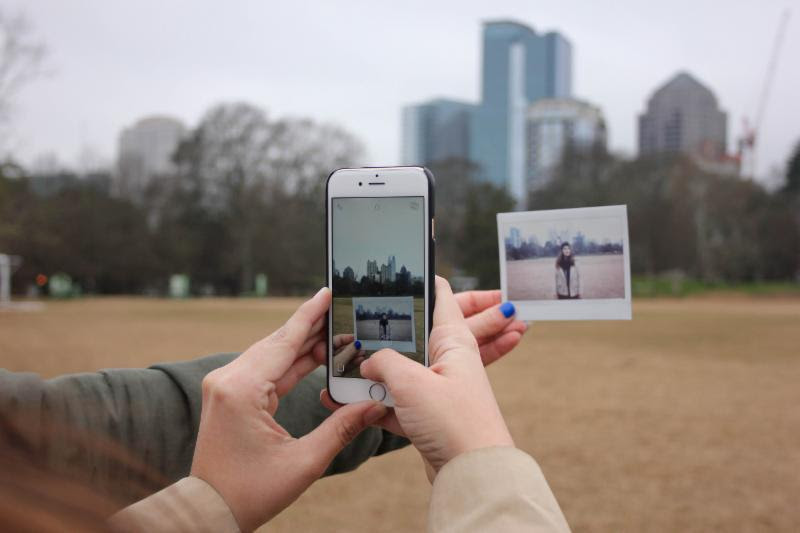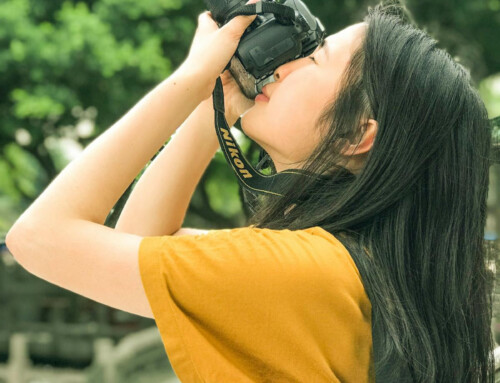Some people believe that intellectual property laws don’t really apply on the internet but, as a recent case reminds us, that’s not true.*
While attending his friend’s wedding at the Trump National Golf Club, Jonathon Otto caught sight of an uninvited guest. He pulled out his iPhone and snapped a photo of the wedding crasher – President Trump – with the bride.
Otto texted the photo to another guest, Sean Burke, who forwarded it to a relative of the bride, Laura Piatowski, who posted it on Instagram.
By the next morning, the image had gone viral, and numerous media outlets had reproduced the image on their websites.
The following day, Otto registered the photo with the US Copyright Office and sued the five media outlets that had published it for copyright infringement. The only defendant who chose not to settle was Esquire’s publisher, Hearst Communications, Inc.
Hearst had run an article on Esquire’s website entitled “President Trump is the Ultimate Wedding Crasher,” illustrating the article with three photographs that Piatowski had posted on Instagram, one of which was the photo taken by Otto. Hearst captioned each photo, “Photo credit: Instagram/@lauramp11.”
Hearst filed a motion for partial summary judgment, seeking a ruling that its reproduction of the photo was a fair use. Otto also filed a motion for partial summary judgment, seeking a ruling that Hearst had infringed his copyright.
The judge denied Hearst’s motion and granted Otto’s motion, holding that “the undisputed facts demonstrate Hearst’s liability for copyright infringement,” and noting that the “fact that an entity is a news publication engaging in speech activity” does not, by itself, relieve that entity of its “obligation to obey intellectual property laws.”
Going on to review the four non-exclusive statutorily provided fair use factors, the court rejected Hearst’s argument that its publication of the photograph was transformative.
Instead, the court found that Hearst had published the image for a commercial purpose without adding “new information, new aesthetics, new insights and understandings,” so the first factor, purpose and character of the work, weighed in favor of Otto.
It then held, “It would be antithetical to the purposes of copyright protection to allow media companies to steal personal images and benefit from the fair use defense by simply inserting the photo in an article which only recites factual information – much of which can be gleaned from the photograph itself.”
Because the photo was taken spontaneously and is factual rather than creative, the court found that the second factor, the nature of the copyrighted work, weighed in favor of Hearst.
Next, the court found that because Hearst used the entire image in an article that neither discussed the photograph itself nor transformed its use, no reasonable factfinder could find that the third factor, the amount and substantiality of the portion used in relation to the copyrighted work as a whole, weighed in favor of Hearst.
With respect to the fourth and final factor, effect of the use on the potential market, the court held that Hearst’s publication of the photo without permission essentially destroyed the market for the photo.
After finding that Hearst’s use of the Trump photo wasn’t fair use, the court ruled against Hearst’s claim that Otto had either waived his copyright by sending the photo to Burke or granted an implied license to Burke to disseminate the photo.
The court also indicated that even if Otto had intended to let Burke use the photo any way he desired, that license wouldn’t apply to Hearst.
This case shows how it difficult it can be to establish a fair use defense, underlining the importance of always trying to obtain consent before using a copyrighted work.
Please feel free to contact us if you have any questions about, or need help with, protecting your copyrights or determining whether your use of someone else’s work is an infringement.
*In fact, one of the earliest cases establishing that the copyright laws do apply in cyberspace occurred more than 20 years ago.






